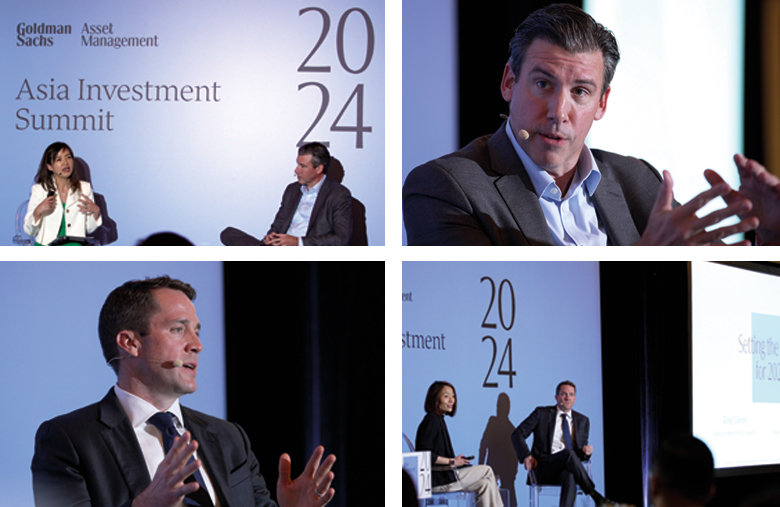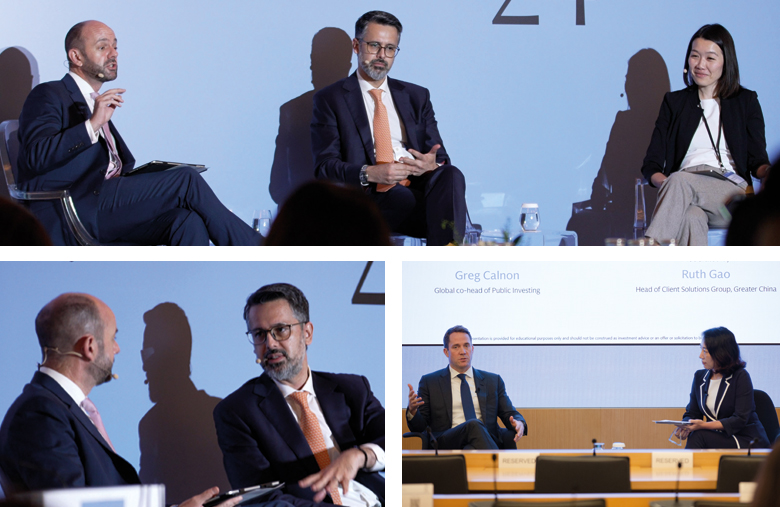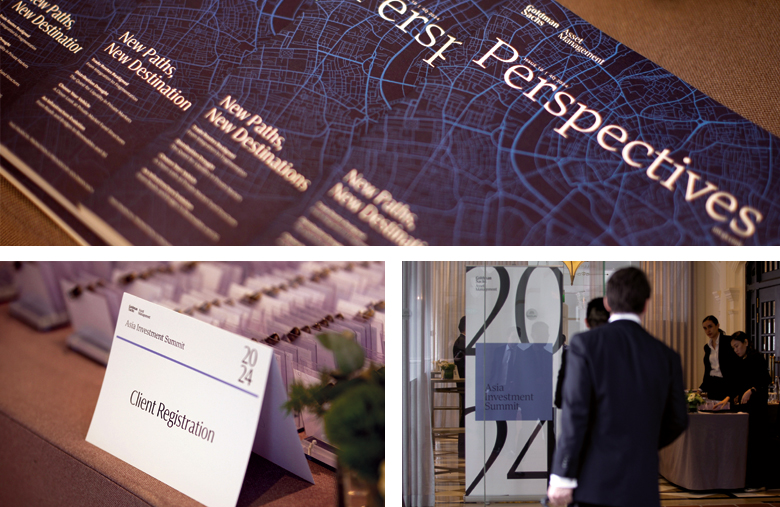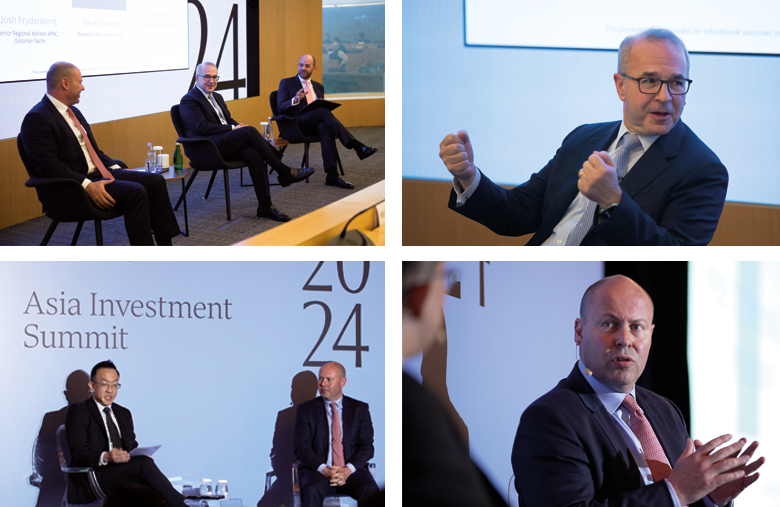Asia Investment Summit 2024: 8 Key Takeaways
1. Enthusiasm for Global Equities
Greg Calnon, co-head of public investing, expressed optimism for 2025 at the Asia Investment Summit. He cited strong corporate momentum and favours global equities, particularly India and Japan. He noted that the market rally post-election signals a belief that the new US president will adopt a more “pro-business” stance, including a proposed corporate tax cut from 21% to 15%.
2. Insulating Portfolios
Dennis Walsh, Global co-head of Quantitative Investment Strategies emphasized the importance of insulating portfolios from major events and that the results of the US elections was “very much in line” with what his team’s systematic process had pointed to.
This systematic process also seek to identify trending themes and companies where investors have yet to fully price in their exposure there. For example, the team has studied companies with blockbuster drug patents and tapped into alternative data sets, like patent filings to find less recognized stocks with similar patents.

3. Incremental Returns in Private Markets
Greg is anticipating a potential uptick in corporate activities, such as M&A and IPOs, which could benefit private markets as investors seek incremental returns.
4. Fixed Income as Portfolio Anchor
Given expected uncertainties and volatility, fixed income should continue to anchor portfolios. Greg told the audience that credit and spread sectors could be beneficial as the corporate sector looks to be doing well.
Salman Niaz, Head of Global Fixed Income, Asia Pacific ex Japan also noted that “rate cutting cycle is in motion and momentum for fixed income is on the upside”, despite reduced expectations for rate cuts in US. Inflation, however, could take longer to get to “targets”. Investors concerned about rising Treasury yields could consider floating rate instruments – private credit, levered loans or securitized income, or shorter duration asset classes, like high yield bonds with attractive carry.

5. Asian High Yield is not all about China
Salman said that investors are recognizing Asia high yield not only for its income potential. Investors are also understanding that the asset class is “not all about China” but also for the default cycle being in the “rear view mirror”. Investors are also appreciating that “China high yield is much less relevant to the market now”.
He believes that ongoing easing in China is good for China fixed income and the region but investors have to watch for currency volatility.
6. European Private Credit Diversification
Yingying Tan, Head of Asia Private Credit, Alternative Capital Formation, pointed out that private credit can complement existing fixed income portfolios, potentially providing investors with higher yields and lower volatility. Despite declining rates, she believes the risk/return outlook for the asset class is still attractive as business fundamentals continue to be strong.
Relative to the US, European private credit can provide better diversification as the creditors and underlying business are spread across various countries. There is also less competition for lenders in Europe and investors benefit from the higher spread.
She adds that Asia private credit is another area gaining traction given better yield premiums, lower leverage and stronger documentation.

7. Geopolitical Risks Not Fully Priced In
Josh Frydenberg, Goldman Sach’s senior Regional Advisor for APAC warned that corporate leaders and boardrooms should remain watchful of geopolitical risks. Optimism in Asia persists, driven by rising M&A activity and capital raises. Asian leaders are likely to want to work with a second Trump administration earnestly and constructively.
8. Asia: An Interesting Place for Investment
Kevin Sneader, Goldman Sach’s President for APAC ex-Japan, noted that “Asia is an interesting place to move money.” There is a shift in investment flows from China to Japan and India, reflecting growing interest in the region as a viable investment destination.

